Are You A Vanguard? Applications Now Open
Gift Habeshaw
This is your first of three free stories this month. Become a free or sustaining member to read unlimited articles, webinars and ebooks.
Become A MemberRead this op-ed in Haitian Creole and in French.
Like so many tumultuous moments before it, the pandemic harmed hundreds of Black-owned businesses across the U.S. and Canada. Mary’s African Cuisine restaurant beat the odds because she never gambled – she being Mary Nkrumah, the founder and owner of Mary’s African Cuisine in Halifax, Nova Scotia.
Mary’s cooking is made economically viable by a strategic serial entrepreneur. She has started, expanded and sustained multiple food businesses from Ghana to Halifax. Black businesses like hers that survive difficult times show what is needed for Black urbanism to thrive: proximity to Afrocentric social, physical and economic infrastructure.
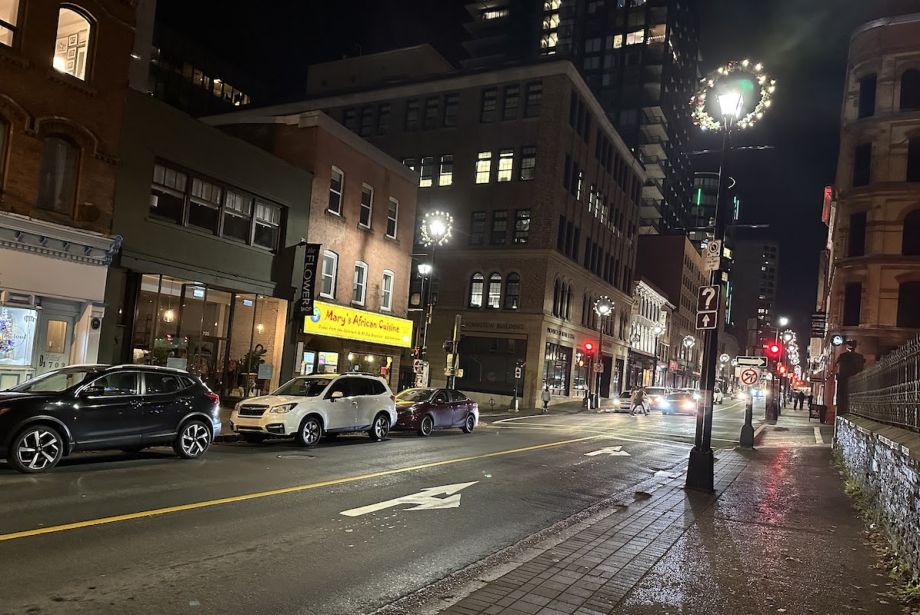
Mary’s African Cuisine restaurant in downtown Halifax.
As Black settlements densify, even in rural areas, they evolve into place-based communities with distinctive and enduring Black cultural flare. In the case of the historic African Nova Scotian (ANS) settlements, race-based segregation birthed 52 historic ANS towns that set the context for Black urbanism to flourish. These towns enabled a relatively dense concentration of Black people to thrive in Nova Scotia and beyond.
As a community planner and critic focused on Black urbanism, I believe African Nova Scotian communities offer a model of the resilience that can be nurtured through successive generations, 50 years and counting, of Black-led, community-based, economic development planning.
Contemporary placemakers need to recognize culturally competent community planning as integral to Black urbanism’s sustainability. This holistic approach to community building is rooted in Black women-led organizing.
Since the civil rights movement, North America’s Black social workers have organized transnationally to prioritize Afrocentric social infrastructure – not just physical structures – as key to Black communities’ development.
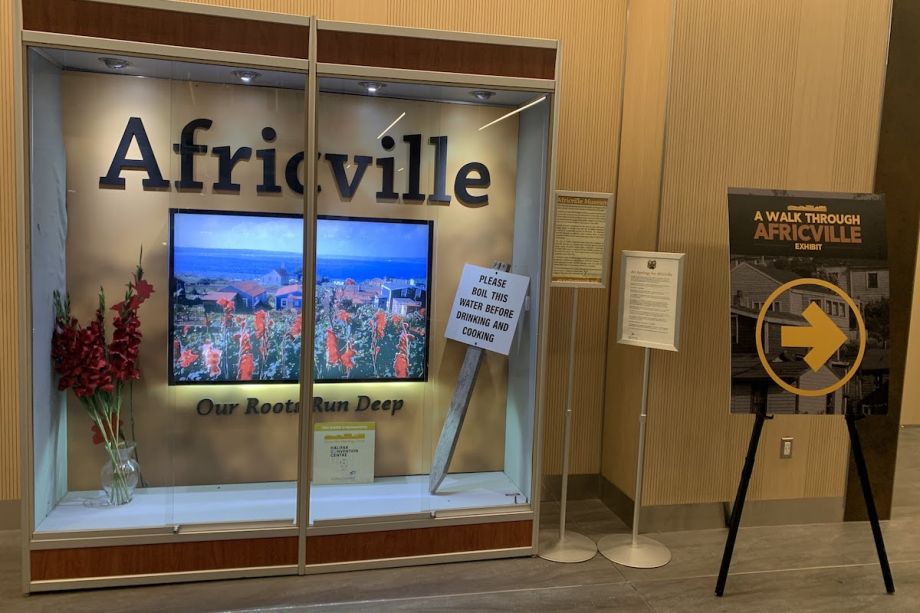
“A Walk Through Africville” exhibit at the Halifax Convention Center. Africville was a historic ANS town razed in the name of urban renewal in the 1960s. The exhibit was curated by ANS mixed-media artist, Angel Gannon, a member of the Black Artists Network of Nova Scotia.
In the U.S., the National Association of Black Social Workers was created in 1968. The meeting of Black social workers itself was inherently an act of protest. The founders were initially in San Francisco to attend the National Conference on Social Welfare, the primary professional body for social workers at the time. A group of Black social workers stepped away to plan for a social work practice that acknowledged the specific needs of Black communities’ social and community development. They continued hosting regular conferences where Black social workers from the U.S. and beyond could meet and strategize on how to support their communities.
After a group of Black Canadian social workers from Montréal attended such conferences, they returned home and continued their transnational Black urbanism work, founding Canada’s Association of Black Social Workers in 1977.
The association’s reach expanded when a sister group, the Nova Scotia Association of Black Social Workers, was founded two years later. Among its founders is pioneering ANS social worker and Senator Wanda Thomas Bernard; her Afrocentric pedagogy and practice, Africentric Social Work, shapes culturally competent human service providers’ trauma-informed and therapeutic planning today. The group facilitates programming and support services key to Afrocentric social infrastructure development across the province.
These human service providers’ contributions are too often overlooked by planning’s historic focus on physical and economic interventions. The intentional creation of a collective transnational identity via Black urbanism enables communities to come together across man-made disciplinary and geographic borders.
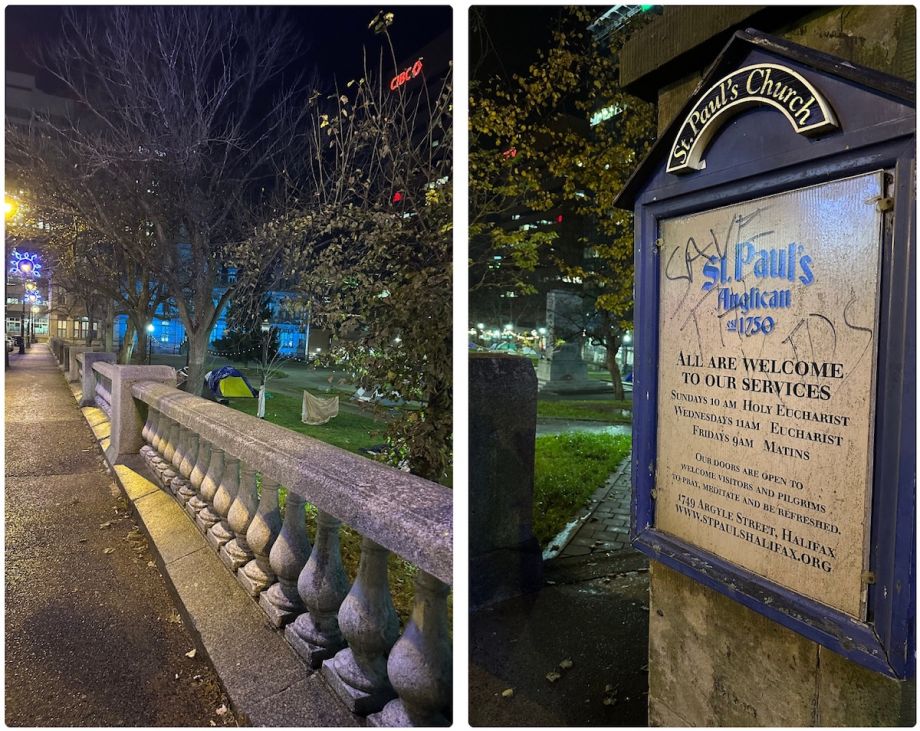
Left: Homeless encampments in the Grand Parade by Halifax’s city hall. Right: The entrance sign to St. Paul’s Anglican Church is in the foreground.
For virtual businesses, technological changes reliant upon physical infrastructure – electrical grid, cell towers, internet optical fiber – allow work-from-home to be viable business structures.
For brick-and-mortar businesses, proximity to physical infrastructure is key. Mary’s prime location near Halifax’s historic Grand Parade Square provides multiple forms of transportation for customers to get to her restaurant. From foot and bike traffic to public transit buses and car accessibility, Mary’s food and accessibility lure visitors.
Halifax’s grand parade includes the historic commons sandwiched between church (St. Paul’s Anglican Church) and crown (City Hall). Uphill from Mary’s sits the Halifax Citadel National Historic Site. The citadel is a fort partially built by Jamaican Maroons in the late 18th century. The Afro-Caribbean maroons were former slaves who resisted the colonial government’s enslavement by rebelling. Some escaped to freedom in Jamaica’s mountainous landscape. Others were forcibly deported to British settlements in colonial Nova Scotia.
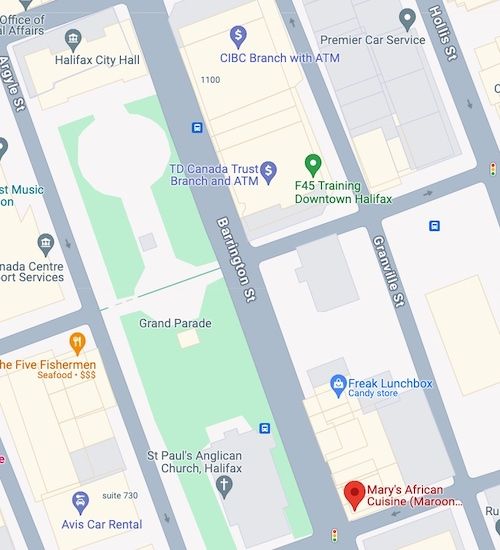
Mary’s African Cuisine restaurant is situated kitty corner from Halifax’s historic grand parade square. (Halifax's downtown / Google Maps)
In 1796, approximately 600 Jamaican Maroons arrived in Nova Scotia. Although the maroons had fought and won their freedom from British colonial rule in the Caribbean, once in colonial Canada, they were put to manual labor such as refortifying the citadel and at Government House. The Jamaican Maroons’ physical labor once again benefited the crown to their detriment. Yet the Maroons continued to pursue their freedom from British colonial rule by returning to their physical African homeland. In 1800, most left for present-day Freetown, Sierra Leone.
Freetown was established by abolitionists for freed Blacks, across the British colonial empire, to find a safe space and place to be Black without fear of enslavement and discrimination. The Maroons were one of many Black and racialized communities resettled in Freetown, including Africans, African-Americans, Afro-Caribbeans, Black Loyalists, Blacks born in Great Britain, and Southeast Asians. Freetown’s historic cultural, physical, and economic crossroads birthed a Sierra Leone Creole people and ethnic group.
Today’s shifting Black urbanism is reflected in spaces and places on both sides of the Atlantic Ocean — with ramifications on Halifax’s physical landscape. More than 200 years later, the partly Jamaican Maroon-built Halifax Citadel overlooks a Ghanaian-Canadian, woman-owned restaurant.
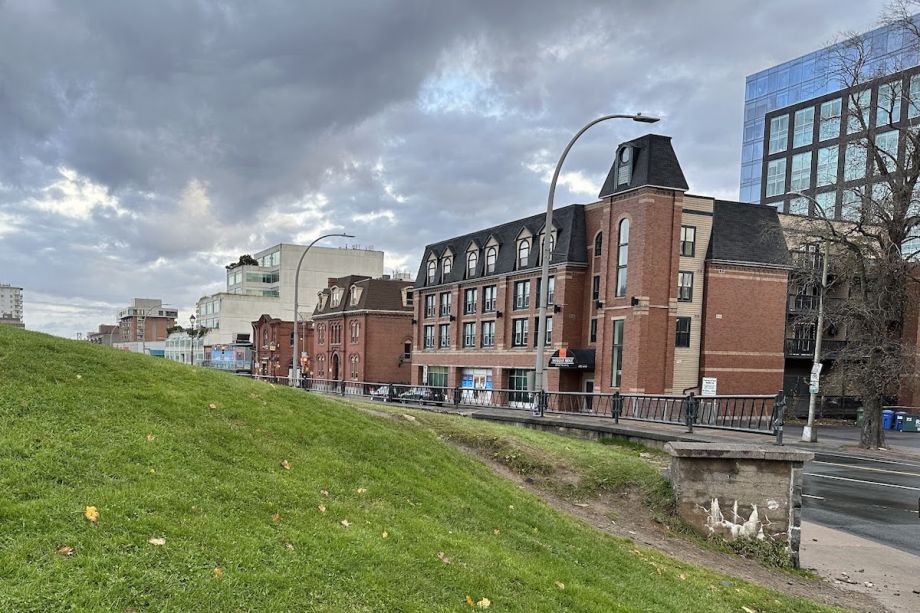
View of Halifax from citadel grounds.
Mary’s proximity to such Afrocentric infrastructure sustains her business. Through heritage tourism, the citadel’s history and impressive structure attract visitors to Nova Scotia and Mary’s doors. Black communities and their allies provide patronage based on social connections that sustain Black creative entrepreneurship.
Social support encourages the development of culturally competent, economic infrastructure in racialized communities. The economic outlook is bleaker for Nova Scotian communities with limited access to physical infrastructure. Sustainable Afrocentric infrastructure isn’t fortuitous; it’s by intentional design and planning.
Black community leaders and allies have a long history of intentionally designing and providing culturally competent, business and employment training.
The Black Business Initiative (BBI) proudly notes that it’s “the longest-serving Black business development initiative in Canada.” BBI’s impact originates from community organizing within Nova Scotia’s Black community. About 30 years ago, a bottom-up, collective economic planning process began to improve Black Nova Scotians’ access to business training and capacity development. Stakeholders participated in an initial task force that undertook applied research and 18 community consultations to develop a report with concrete recommendations and action steps. The initial task force’s concerns birthed the African Canadian Business Development Centre, the precursor to BBI, in 1996.
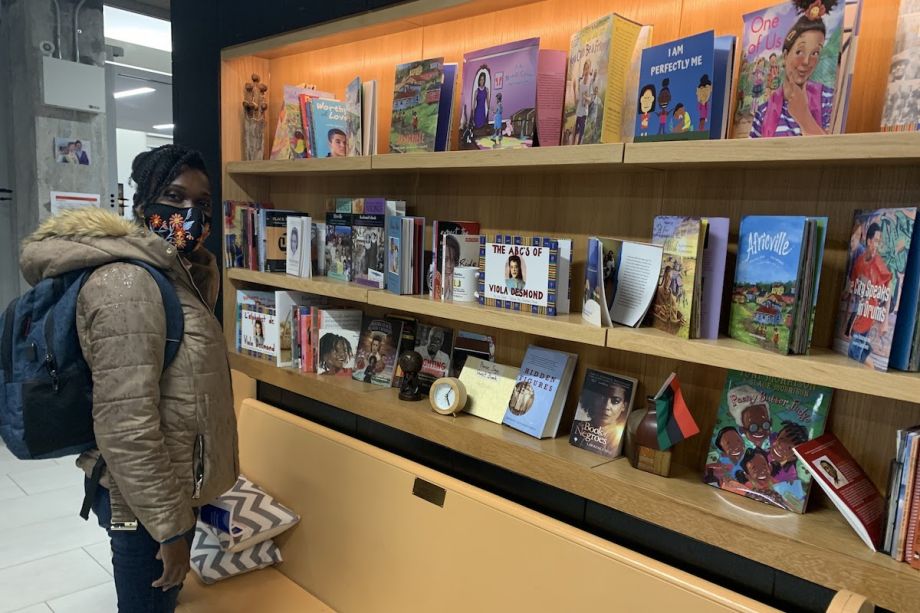
Community Planner Sonide Simon enters the Delmore “Buddy” Daye Learning Institute, which offers a library of books centering the Black experience. The non-profit pursues excellence in Africentric education and research to support Black learners and communities.
Although a Canadian-serving organization, part of BBI’s origin story stems from knowledge gained within its leadership and staff’s Pan-African roots.
BBI is the result of the work of long-time Black Canadian leaders, inclusive of ANS and more recent Black immigrant populations. Rustum Southwell, originally from the Caribbean nation of Saint Kitts and Nevis, served as BBI’s founding CEO from 1996 to his recent retirement. Southwell’s Canadian arrival and settlement story is a reflection of the multiple waves of Caribbean migration to Canada, from the Jamaican Maroons era to the present.
The role of the Crown’s public policies continues to globally impact Black people’s migration patterns; the 1962 Immigration Act, in particular, removed explicit racially-based barriers to entry into Canada. The policy change was followed by one of the largest waves of Caribbean migration to Canada in the mid-twentieth century onward.
In the early 1970s, Southwell came to Dalhousie University’s campus in Halifax to study psychology. His career interests led him into entrepreneurship and subsequently into BBI leadership. After serving as BBI’s CEO for 25 years, Southwell recently retired, passing on the baton for community-based, economic development to subsequent generations. In 2023, he made another career move from industry into academia as Dalhousie University’s newest chancellor. Today’s Black business leaders are focusing their business education to complement BBI’s pathbreaking strategy.
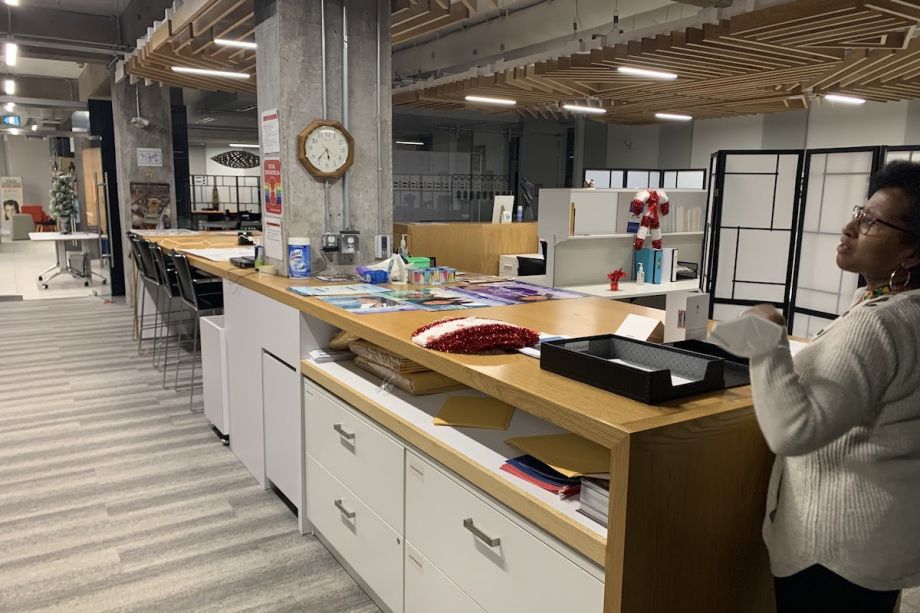
Site tour by Sylvia Parris-Drummond, CEO of the Delmore “Buddy” Daye Learning Institute.
Contemporary Black businesswomen recognize culturally competent, economic development planning as integral to thriving communities. This holistic approach is rooted in Black women-led organizing to collectively survive and thrive in difficult times.
Tia Upshaw is an ANS serial entrepreneur and advocate for such planning. In the midst of the pandemic, Upshaw didn’t leave her community’s financial survival up to chance. In 2020, she founded Blk Women in Excellence with a mission of “empowering and supporting Black women entrepreneurs” across Canada. This targeted approach to supporting Black women’s entrepreneurship stands to increase the sustainable launch and operation of Black-owned businesses.
Mary’s African Cuisine restaurant stands testament to the resilience that a Black, woman-owned business can have as a consequence of Black Nova Scotians’ collective community organizing. The ecosystem of organizations serving racialized people has expanded through a network of institutions and initiatives tailored to people of color’s lived experiences.
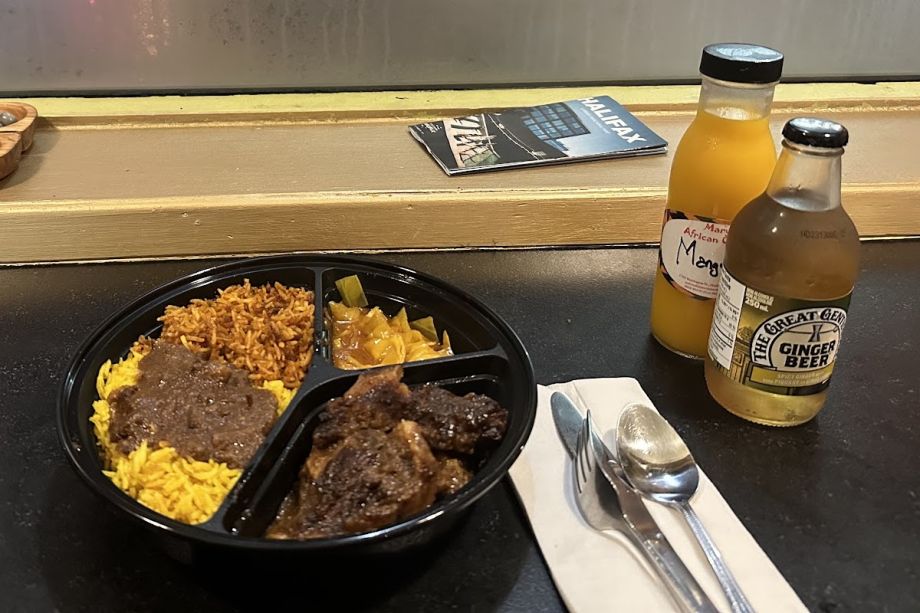
A meal at Mary’s African Cuisine restaurant.
The Black Business Initiative and Blk Women in Excellence continue to be joined by newer initiatives with similar goals and at various geographic scales. At the local level, Halifax’s One North End Community Economic Development Society provides assistance through programming such as the North End Startup Training and youth employment support through the ANS Social Innovation Lab. In the greater Atlantic Canada region, Tribe Network supports BIPOC community members’ innovations and pursuit of entrepreneurship.
Community-based planning efforts continue to maintain and further these gains.
A five-year ANS economic development planning process — anchored and informed by community consultation, like BBI’s early task force three decades ago — reflects the holistic need for Afrocentric infrastructures. Its key strategies include building unity and capacity among Black communities; establishing land ownership, developing physical infrastructure and attracting investment; and increasing participation in education, employment and entrepreneurship.
Proximity to this critical infrastructure is key to Mary’s and other Black entrepreneurs’ success. As Black communities across North America continue seeing rapid population growth and gentrification, we must work to enable historic Black settlements and Black business communities to survive and thrive.
This article was produced as part of New City Critics, a fellowship program of the Architectural League/Urban Omnibus and Urban Design Forum to empower new, fearless, and diverse voices to challenge the ways we understand, design, and develop our cities.
Sophonie Milande Joseph is a community planner and critic who writes about Black urbanism. She holds a doctorate in urban planning from Columbia University.

20th Anniversary Solutions of the Year magazine